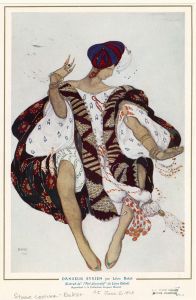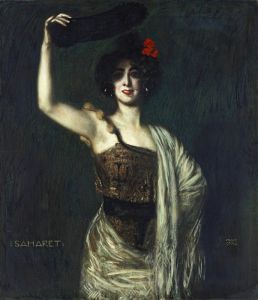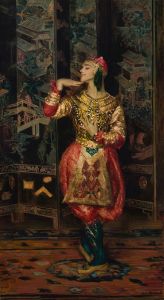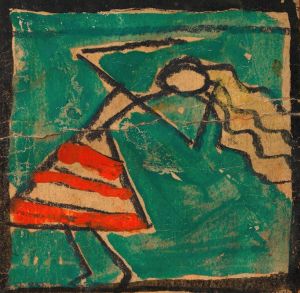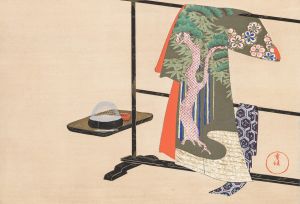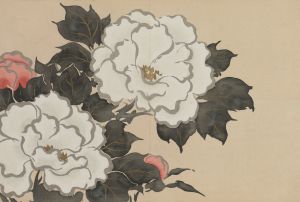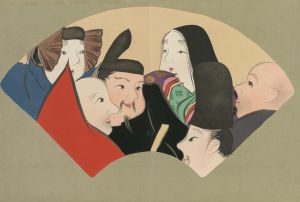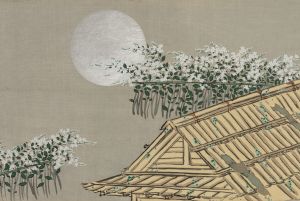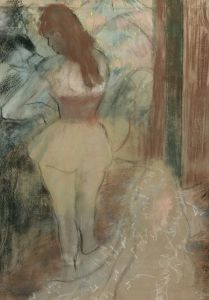
Bugaku Dancer
A hand-painted replica of Kamisaka Sekka’s masterpiece Bugaku Dancer, meticulously crafted by professional artists to capture the true essence of the original. Each piece is created with museum-quality canvas and rare mineral pigments, carefully painted by experienced artists with delicate brushstrokes and rich, layered colors to perfectly recreate the texture of the original artwork. Unlike machine-printed reproductions, this hand-painted version brings the painting to life, infused with the artist’s emotions and skill in every stroke. Whether for personal collection or home decoration, it instantly elevates the artistic atmosphere of any space.
Kamisaka Sekka (1866–1942) was a prominent Japanese artist and designer, often regarded as one of the last great masters of the Rinpa school, a historical artistic movement in Japan. His works are celebrated for their synthesis of traditional Japanese aesthetics with modern design principles, reflecting the cultural shifts of the Meiji and Taisho periods. Among his notable works is "Bugaku Dancer," a piece that exemplifies his innovative approach to traditional Japanese art.
"Bugaku Dancer" depicts a performer of Bugaku, a form of traditional Japanese court dance and music that dates back over a thousand years. Bugaku was historically performed at the imperial court and is characterized by its highly stylized movements, elaborate costumes, and masks. The art form has its roots in ancient Asian traditions, including influences from China, Korea, and India, which were adapted and refined in Japan over centuries.
In this artwork, Sekka captures the elegance and formality of Bugaku through his distinctive use of bold lines, simplified forms, and vibrant colors. The dancer is portrayed in a striking pose, wearing an ornate costume that reflects the ceremonial nature of the performance. Sekka's composition emphasizes symmetry and balance, hallmarks of both the Rinpa school and the aesthetic principles of Bugaku itself. The use of flat planes of color and minimal shading is characteristic of Sekka's style, which often bridges the gap between traditional Japanese art and modern design sensibilities.
"Bugaku Dancer" is an example of Sekka's ability to reinterpret classical themes for a contemporary audience. His work was part of a broader movement during the late 19th and early 20th centuries to preserve and modernize Japanese cultural heritage in response to increasing Western influence. Sekka's art, including this piece, played a significant role in the Japonisme movement, which brought Japanese aesthetics to the attention of Western artists and designers.
While specific details about the creation date or medium of "Bugaku Dancer" are not readily available, the work is often associated with Sekka's broader contributions to the decorative arts. His designs frequently appeared in woodblock prints, textiles, and lacquerware, blending functionality with artistic expression.
Today, Kamisaka Sekka's works, including "Bugaku Dancer," are celebrated for their timeless beauty and cultural significance. They continue to be studied and admired as exemplars of the fusion of traditional Japanese art with modern design, reflecting the dynamic cultural landscape of early 20th-century Japan.





